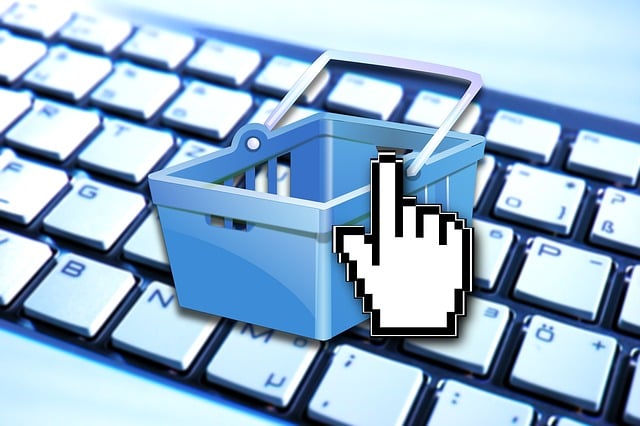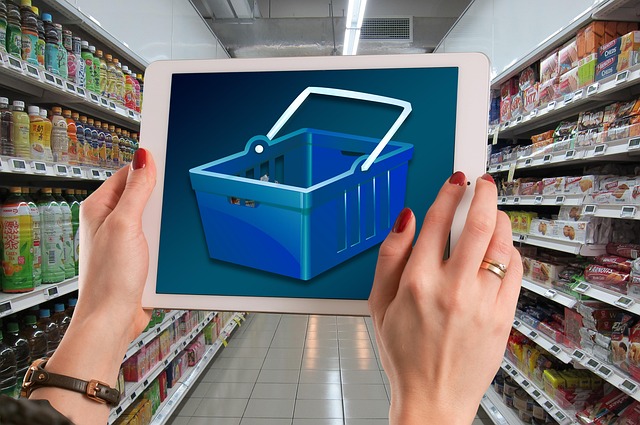Chatbot automation software revolutionizes customer support by handling routine inquiries through AI workflows, reducing operational costs and freeing human agents to focus on complex issues. This technology optimizes business processes in sales funnels, offering 24/7 personalized guidance. Early adoption drives significant cost reductions in industries like healthcare, finance, and retail, enhancing customer satisfaction and operational efficiency. Implementing chatbot automation software requires strategic planning to identify suitable tasks for automation, integrate AI workflows into existing systems, and design an efficient user funnel that balances cost savings with customer experience.
In today’s digital era, chatbot automation software is transforming customer support landscapes. This cutting-edge technology promises significant cost reductions for businesses while enhancing customer experiences. By understanding the impact of chatbot automation and its key features, industries can leverage early adoption to stay competitive. This article delves into the transformative power of chatbot automation software, exploring implementation strategies for a seamless transition and highlighting sectors reaping substantial benefits.
- Understanding Chatbot Automation Software's Impact
- Key Features Driving Rapid Cost Reduction
- Industries Benefiting from Early Adoption
- Implementation Strategies for Seamless Transition
Understanding Chatbot Automation Software's Impact

Chatbot automation software has emerged as a game-changer in customer support, offering significant cost reduction potential for businesses. By leveraging artificial intelligence (AI) workflows, these tools can handle a high volume of routine inquiries, freeing up human agents to focus on more complex and emotionally charged interactions. This shift allows companies to optimize their customer service operations, particularly in the realm of AI sales funnels, where chatbots can guide prospects through the buying process, providing personalized recommendations and 24/7 availability.
The impact is twofold: first, it reduces operational costs by minimizing the need for a large support team; second, it enhances customer satisfaction with faster response times and more efficient problem-solving. In today’s digital era, where customer expectations are soaring, chatbot automation software provides a strategic advantage, ensuring businesses can keep pace with demand while maintaining high service quality.
Key Features Driving Rapid Cost Reduction

The core features driving the rapid cost reduction offered by chatbot automation software are its efficiency and effectiveness in handling routine customer inquiries. These tools excel at providing instant responses, reducing the need for human agents to spend hours on basic support tasks. By implementing a sales chatbot or a chatbot marketing strategy, businesses can significantly decrease their operational costs while enhancing customer satisfaction.
AI-driven automation agencies behind these softwares leverage machine learning algorithms to continuously improve and adapt to new patterns in customer interactions. This not only expedites issue resolution but also ensures that human agents are freed up to focus on more complex cases, thereby maximizing resource utilization and minimizing expenses.
Industries Benefiting from Early Adoption

The early adoption of chatbot automation software is revolutionizing various industries, demonstrating its potential to significantly reduce support costs. Sectors such as healthcare, finance, and retail have been quick to leverage this technology, seeing notable improvements in customer satisfaction and operational efficiency. For instance, AI-powered chatbots can handle a high volume of simple customer inquiries in real time, freeing up human agents to focus on more complex issues that require empathy and specialized knowledge.
In the competitive business landscape, chatbot marketing has emerged as a powerful tool for enhancing user engagement and streamlining communication. An AI assistant integrated into marketing campaigns can provide personalized recommendations, answer frequent buyer questions, and even process transactions, thereby increasing sales and reducing the workload on marketing teams. This shift towards efficient, automated processes using chatbot automation software is not only cost-effective but also allows businesses to better allocate resources, leading to improved overall performance and a competitive edge.
Implementation Strategies for Seamless Transition

Implementing chatbot automation software requires a strategic approach for a seamless transition. Organizations should start by identifying high-volume, repetitive tasks suitable for automated solutions. This could include customer inquiries about product information, basic troubleshooting, or scheduling appointments—areas where a sales chatbot can excel, providing instant responses and reducing agent workload.
Next, integrate the AI workflow into existing support systems, ensuring data compatibility and seamless handoffs between human agents and chatbots. An effective strategy involves designing an AI funnel that guides users through automated interactions, collecting necessary information, and escalating complex issues to live agents when needed. This balanced approach optimizes cost savings while maintaining customer satisfaction.
Chatbot automation software is transforming customer support by significantly reducing costs and enhancing efficiency. By leveraging advanced AI capabilities, this technology handles a multitude of routine inquiries swiftly and accurately, allowing human agents to focus on more complex issues. Early adopters across diverse industries have witnessed substantial savings and improved customer satisfaction, setting the stage for broader adoption and continued innovation in chatbot automation software.
